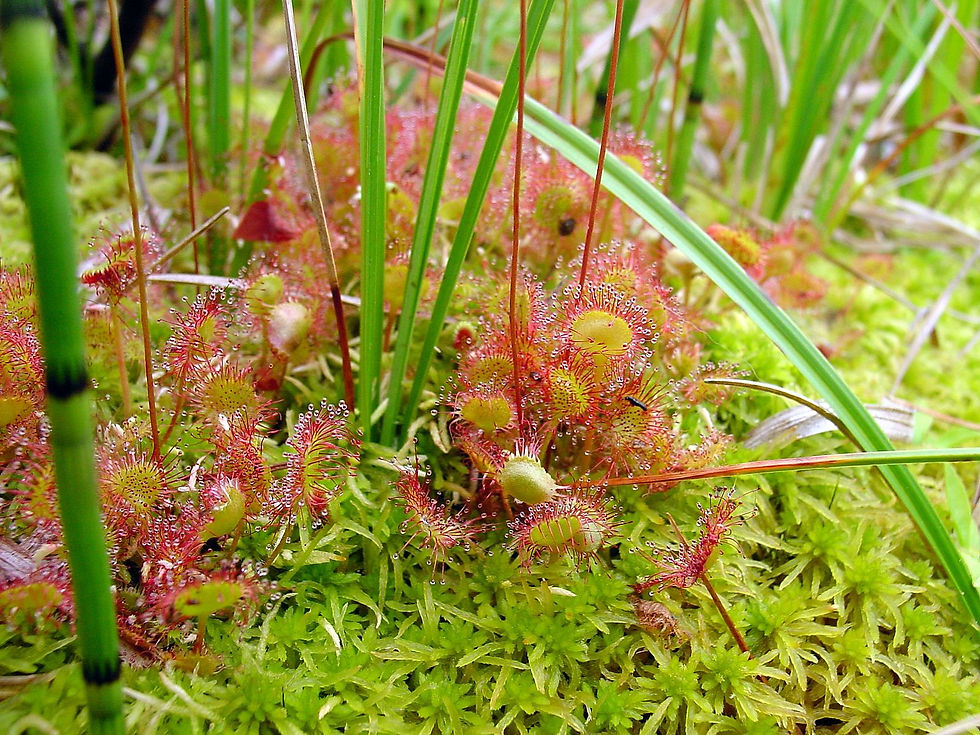Echinacea purpurea
Purple coneflower
As Britt’s daughter suggests this write up should just say, “They are purple, they look like cones, and they are flowers”. Spot on.
The ubiquitous purple coneflower. It’s become the poster child for native plants and that’s one of the reasons we carry it even though it’s not quite native to New England (so close though). When you have this lovely plant in your yard, it’s a signal to any walkers-by that you are doing something good…planting native. On top of this, it’s also an ecologically beneficial plant.
Echinacea purpurea is a great plant for any gardener, growing quite happily in most settings. From dry to moist soils this one has low “habitat fidelity”. Meaning, it’s just not very particular. Best in a sunny spot but tolerant of part sun, you'll be rewarded with the dramatic pinkish-purple flowers and always solid foliage.
During the summer months you’ll be supporting a plethora of local pollinators with high quality nectar and pollen. From little bees to large butterflies and everything in between. Leave these seed heads up for the winter birds in your garden. Birds like goldfinch will stop by, perch on the seed heads and grab a snack.
Please note: if you are buying this from another garden center please avoid ‘cultivars’ that change the blooms on these plants. Plant breeders like to make these blooms dense and essentially unable to be accessed by the insects that depend on the blooms for survival. Blue Stem Natives does not sell cultivars for this reason.
These are a favorite snack for rabbits. If you have high rabbit pressure in your yard, plant densely, intersperse with plants they don’t like (like plants in the allium family), grow in pots, or just plant and know you’ll be feeding wildlife.
PDF: USDA website Purple Coneflower
second photo by Cephas on Wikimedia
Echinacea purpurea (Purple coneflower)
type: Perennial sun needs: Full to part sun water needs: Dry, average, to moist soil height: 2-4' plant spacing: 1/sq ft bloom time: June, July, August, September bloom color: purple Deer resistant (please note that does not mean deer proof) Can grow in a container. Plant this for hummingbirds.

.png)















